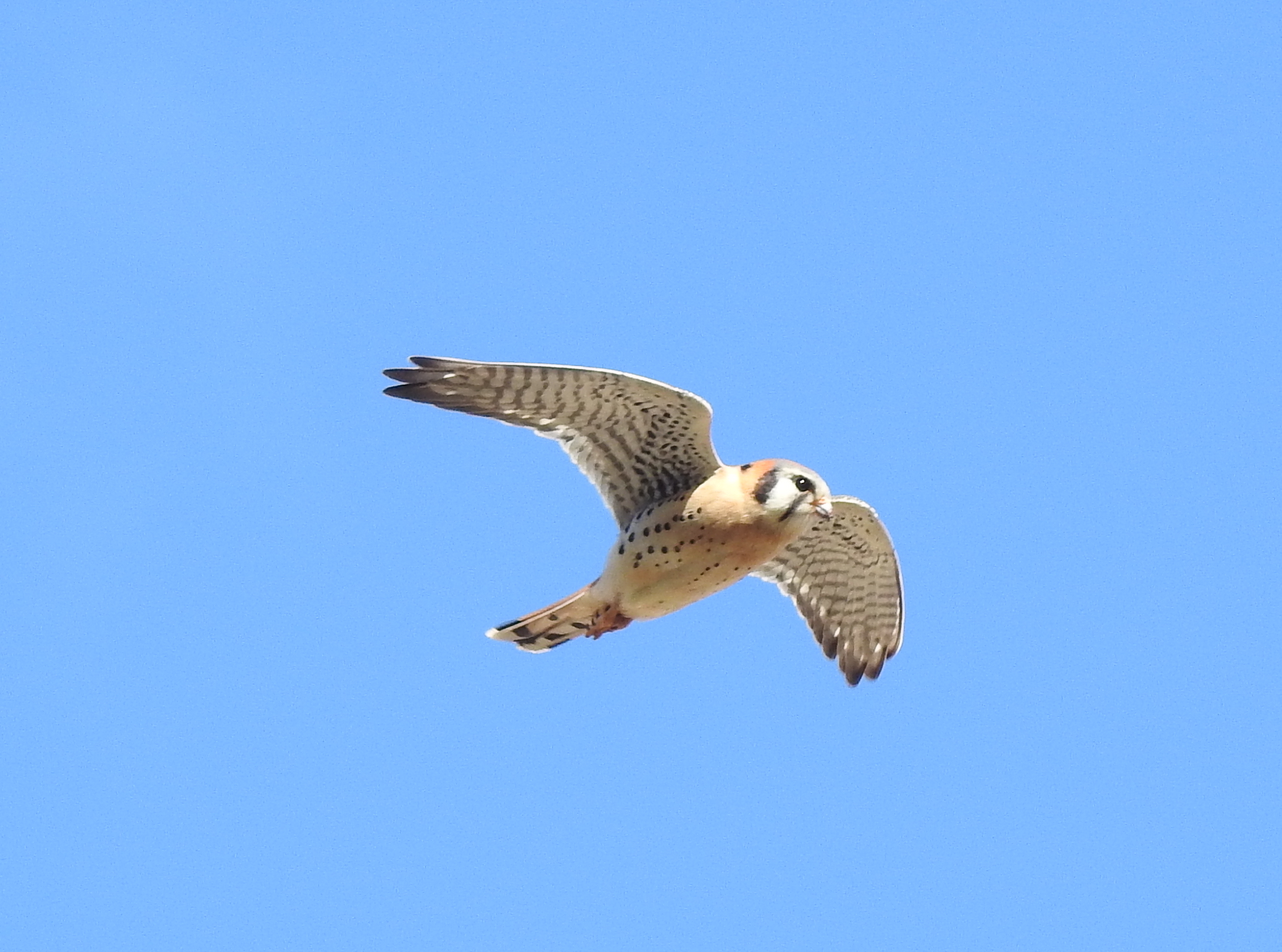In response to a question about hawk identification on nextdoor.com (a neighborhood-based social media site), I posted a long discussion about the status of various raptors in our neighborhood. Someone posted a follow-up question about how to tell hawks from falcons in flight. I thought the easiest way to do that would be to post the response on my site and point them here. Since this will gather up folks that didn’t see the original post I made, I will include that post and alter it to include some photos showing raptors in flight. I want to be clear here that the status discussion is relative to raptors in Mt. Washington, a neighborhood in Los Angeles, California. I also want to be clear that I don’t claim all of these photos are great, but do serve their purpose for documentation.
KITES, HAWKS, & EAGLES
The common resident ones in Mt. Washington are as stated: Red-tailed and Red-shouldered Hawks (which are Buteos), and Cooper’s Hawk (which is an Accipiter). In the winter, there is usually at least one Sharp-shinned Hawk (Accipiter) around. During migration, you may get lucky enough to see a Swainson’s Hawk (Buteo) as they pass through to/from their breeding grounds farther north and their wintering grounds in Argentina. Several Ospreys (it’s own family – also called a “Fish Eagle” by some) winter every year along the LA River nearby and frequently (perhaps daily) fly over Mt. Washington, calling. I have observed both Golden and Bald Eagles as flyovers, but that is a rarity. I have recorded a White-tailed Kite once, flying around Cliff Drive. I’ve also gotten them at Rio de Los Angeles a couple times. This is always during migration. Any other kite species observation would be a significant unexpected find.
To further explain the Buteo vs. Accipiter paradigm, those are two different hawk genera and – in general – Buteos are chunkier with shorter tails and mostly eat small mammals. Accipiters are skinnier with longer tails and mostly eat birds.








FALCONS
Falcons used to be considered close relatives to hawks. They are now, based on genetics work, considered close relatives of parrots. They are still raptors, though. Anyway, American Kestrels (the tiniest of our falcons) are around, but I don’t see them in Mt. Washington regularly. There is a nesting pair at Rio de Los Angeles. A few Peregrine Falcons winter along our nearby stretch of the LA River and hunt over Mt. Washington. This is a regular occurrence in the winter months. Merlins, which are a little bigger than kestrels, are sporadic but I do see them from time to time in the winter months. There is no other falcon that would be expected here.




OWLS
The resident ones in Mt. Washington are Great Horned Owl (big) and Western Screech-Owl (little). Barn Owl (medium) is a species that I am unsure of the status of: they used to roost in the palm in our front yard. Now I see or hear them very rarely, but did hear one flying around and doing the horrid screech they do a few weeks back. No other owl species should show up here, however, I did have a Burrowing Owl once at Rio de Los Angeles park during migration.



Leave a Reply